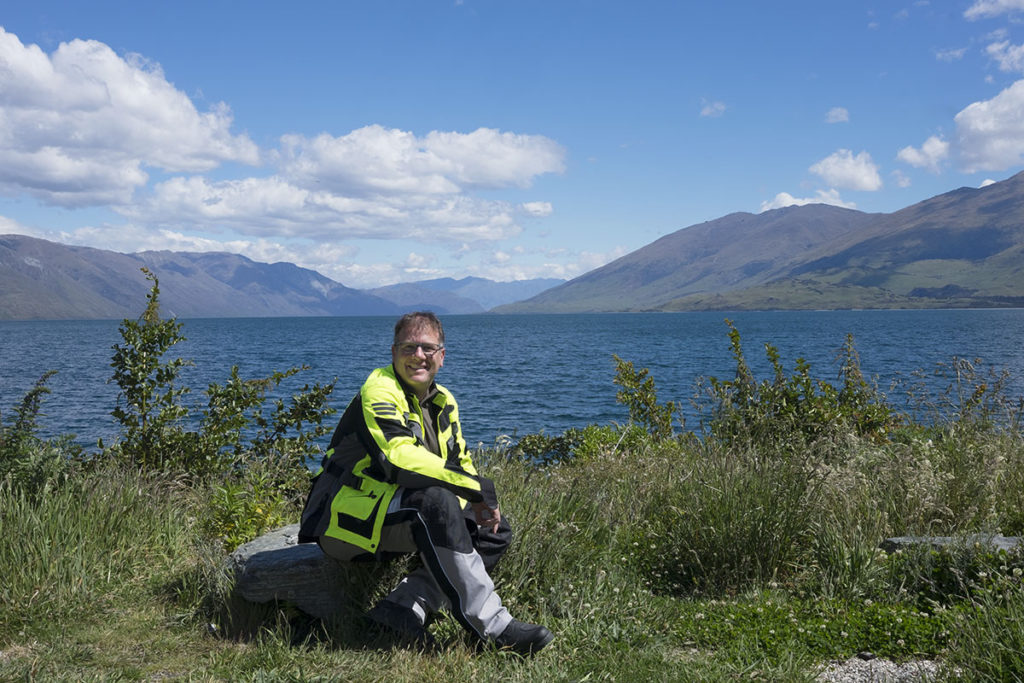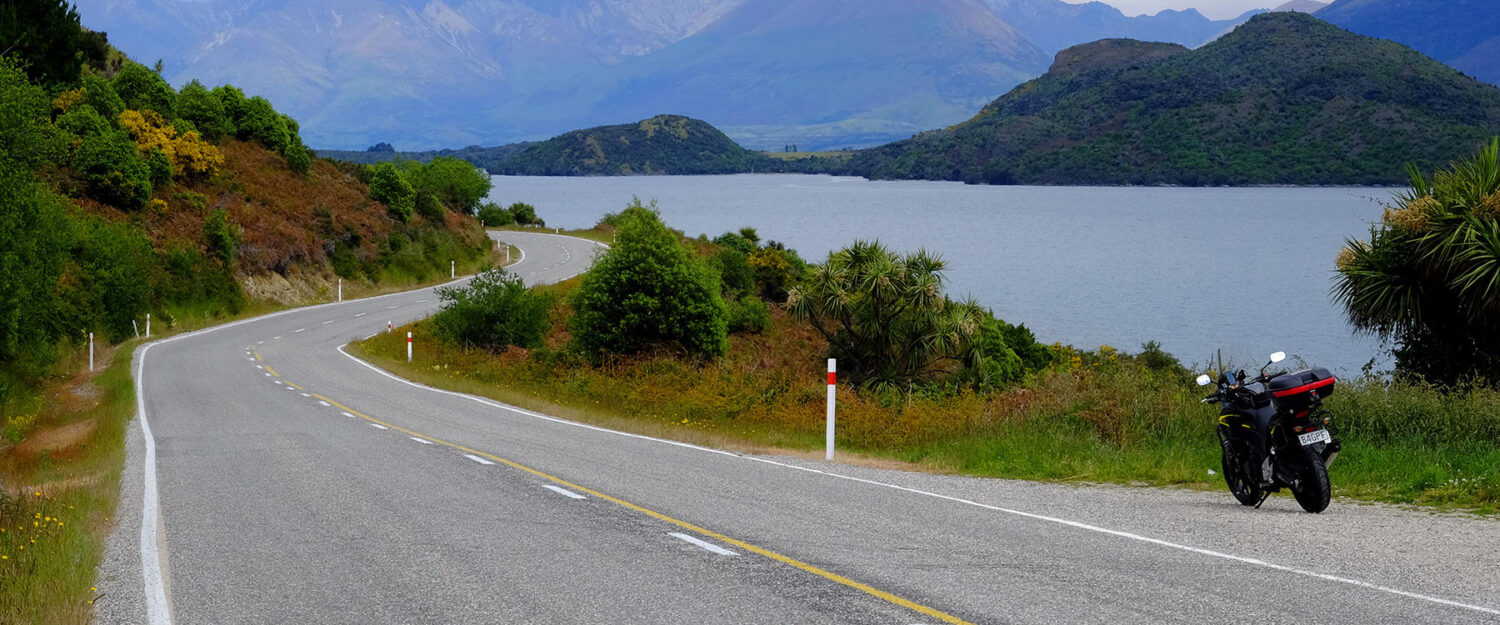
I like traveling simply, with a block of time and minimal plans, not beholden to a schedule or detailed itinerary, meeting like-minded people along the way. I’m happy to forgo the fancy resorts and to travel off-peak just to gain that freedom and flexibility. That’s what makes it a vacation for me. I haven’t had that in a long time and it’s time for more of it, because it’s when I really come alive. I started my NZ trip with some apprehension about the weather and how it might “ruin” my plans. Even a week in, I allowed myself to be bothered by what the weather might do (it didn’t). By the end, I mostly gave up on planning and was much happier for it.
I get it. Some people need to plan every detail. They can’t miss the “must see” destinations (I always find these to be a letdown). They have to hit the “best” restaurants. They want to go to every tourist trap promising them an “authentic” experience that really isn’t. They want the “adventure” but only on a perfect schedule that fits their plans (that’s not how real adventure works). I don’t. I don’t know what I want for dinner tonight! I surely don’t know how I’m going to feel about a restaurant in a city I’ve never been to, after a 12 hour flight, 3 months from now. And I also don’t know if I’m going to want to do that hike, no matter how amazing it seems, if I end up being there on a day when the winds are gusting over 50kmh over the ridgelines. So I generate ideas, I talk to people along the way, and I let the circumstances dictate what I do and don’t do.
All this means I tend to travel on my own or occasionally when I encounter somebody of a similar mind. But I also don’t want to be alone every moment and some things – like hiking in alpine terrain – are best done with others. So I tend to prefer places that favor encountering people with similar interests. That’s a niche that the US tourism industry doesn’t fill very well.
When I started this blog a couple of months ago, I had not traveled outside the US in several years. I had become far too accustomed to the crappy way my needs are served in the US, where “single accommodations” mostly don’t even exist, let alone “single rooms in a place with open lounges and other shared space for encountering others.” More and more, I’ve stayed home or gone to a couple of places like Alta and Snowbird where I knew people and they knew me.
Home just isn’t great for solo travel
The first night on the road, I noticed that the campgrounds/holiday parks in NZ are designed with shared, communal facilities. They work for those of us who are traveling alone but want to connect with others. Accommodations with shared facilities, kitchens, etc. were easy to find. I rarely ate alone unless I wanted to.
When I first learned to ski, I used to stay in the kinds of places I found on my NZ trip. There were dorm rooms, shared rooms, communal dinners and other opportunities to encounter people you don’t know. I had fun times meeting people whose interests aligned pretty well with mine, if only for the week.
Today in the US, travel alone can mean a choice of sitting in a bar talking to a bored bartender (assuming there is one) or being alone in the motel room with the TV. If you camp, you’ll likely be alone in your campground. As a solo woman, you’d have to be super careful in ways you mostly don’t in many other parts of the world. If you’re a solo guy, somebody is bound to think that you’re there to abduct their kids. (Have had that experience more than once.) Campgrounds are designed for isolation: private outdoor living rooms with their own private fire pits, private camp tables, etc.
When I finally sold my Snowbird share last year, after more than 20 years skiing in that Canyon, I no longer enjoyed the place anymore. I had to accept that what I was looking for hadn’t existed there in years. In a way, that led me to this latest adventure, and hopefully the next one wherever it may be. The time and money I won’t spend at a Utah ski area this month were instead invested in time at holiday parks in Wanaka and Te Anau. That’s the best trade I’ve made in years.
Having no plans opens up space to connect
One of the most fun nights of my whole stay was sitting in the TV lounge/kitchen/dining room at the park in Wanaka, watching rugby with a bunch of people who all came from countries where rugby is not played, trying to figure out together “what are the rules of this game?” Not a loud expensive bar scene. Not a forced event. Not a planned “group activity.” Not a “luxury experience.” Just a bunch of people on vaguely-similar, intersecting journeys, sitting together and laughing about something none of us understood, rather than hiding out in a tent, campervan, cabin, or insular motel room.
I made some new friends on this trip, which is more than I can say for any trip in a long time. I enjoyed a mini-romance. I ended up doing some things I wouldn’t have known to do, because people I met along the way suggested them or invited me along. In return, I inadvertently led a wine-tasting expedition. I also may have saved the lives of a bunch of Brazilians in the mountains and I shared a few nice moments with the only other person crazy enough to be out on deck on a boat in blistering cold winds. You give and you take.
The world does not end with the Lonely Planet Guide and certainly not with TripAdvisor. Some of my fellow travelers took me beyond the guidebook to locations that were either new, temporary or just offbeat enough that they weren’t common knowledge. Out of respect for all involved and the less-visited places they showed me, I haven’t discussed them here. I met other people who might have been fun to travel with if only because they shared my outlook about what travel should be. Maybe I’ll meet up with some of them in the future. Maybe, in some other place, I’ll be able to show them the stuff I know about that Lonely Planet doesn’t.
